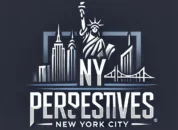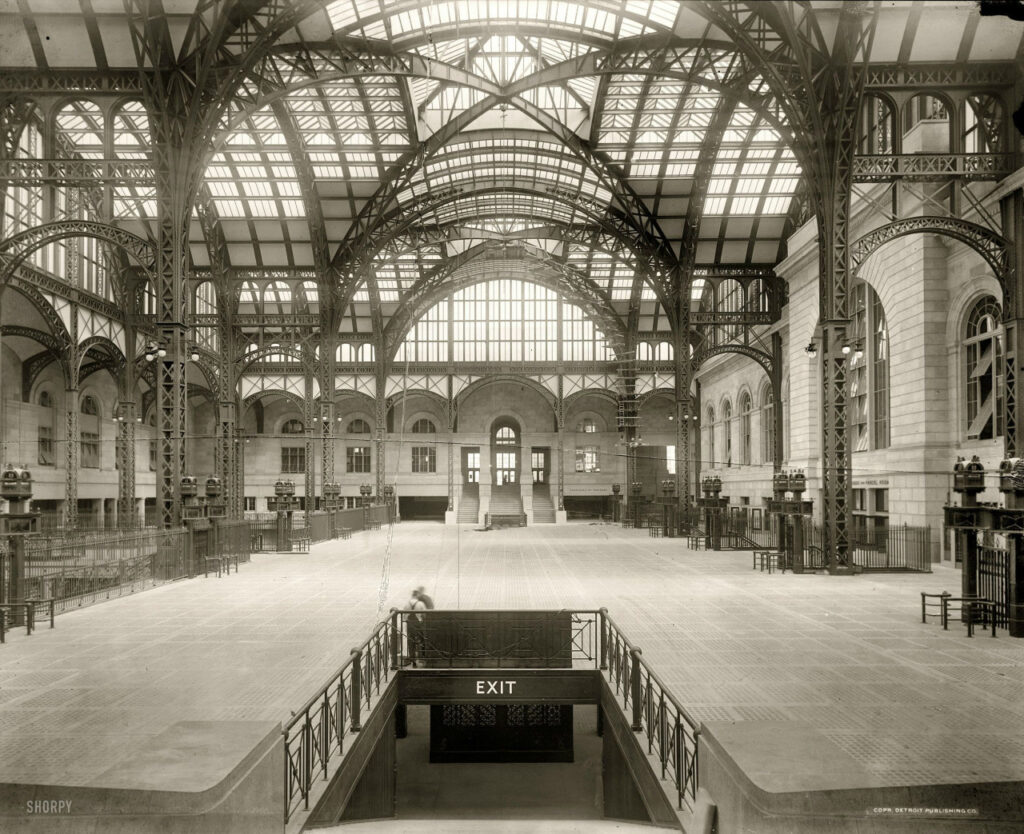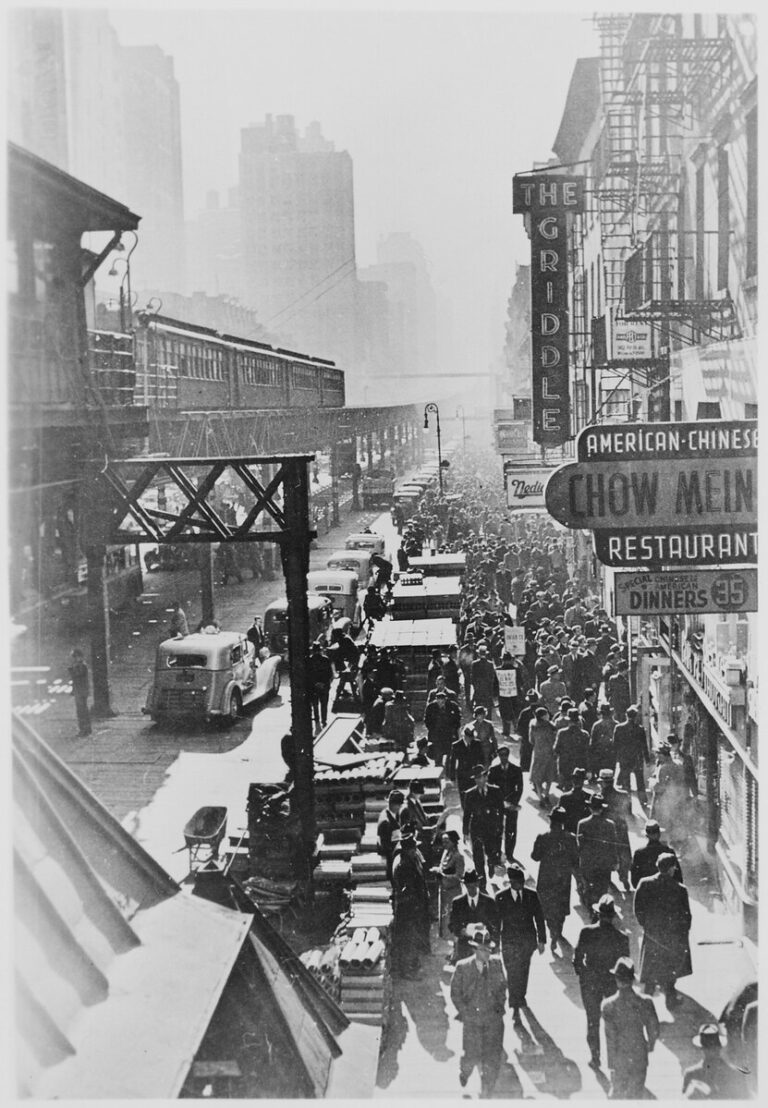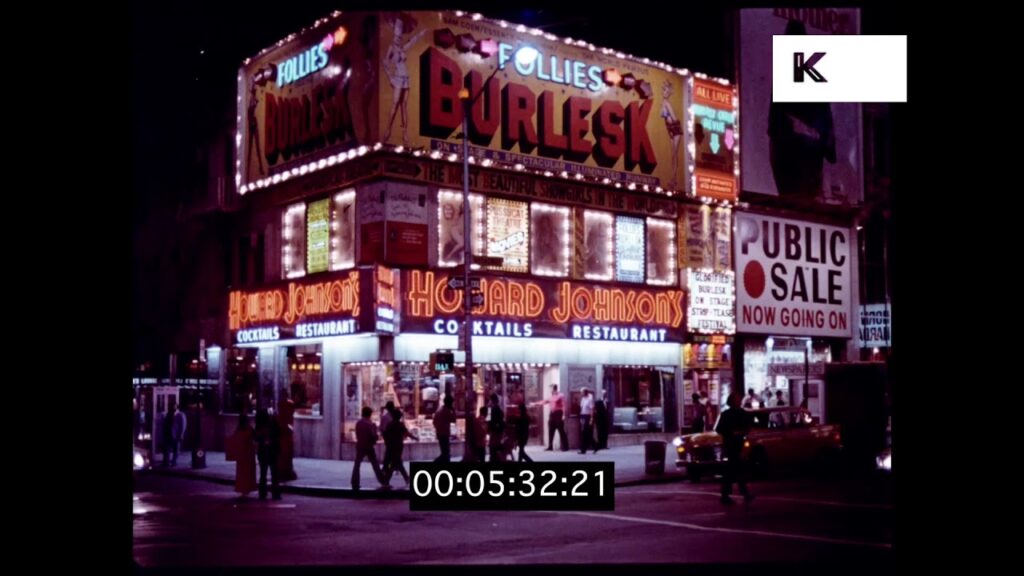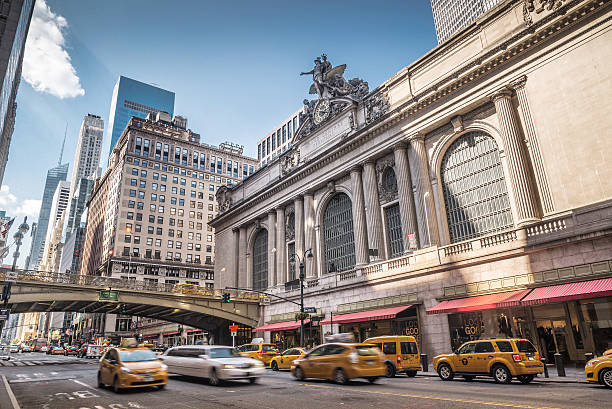WHY THIS MATTERS
The video revisits a list of locations in New York City that once existed (or existed in a different form) and that the creator says “true New Yorkers” remember or miss.
It leans heavily on nostalgia: how neighborhoods, storefronts, landmarks, or city structures have changed, disappeared, or been radically transformed.
The tone is partly celebratory of the “old city” and partly wistful about what’s been lost (whether for good or just changed beyond recognition).
While the exact list of all ten places is not fully documented in our source list, typical examples of “vanished” NYC places include demolished buildings, iconic stores that closed, old amusement spaces, or neighborhoods that got redeveloped.
Key takeaways
Here are some recurring themes from the video and the wider “vanished New York” idea:
Change is constant – NYC is always rebuilding/re-imagining. What once felt permanent often isn’t.
This is reflected in the idea that entire neighborhoods vanish or that major buildings are torn down.
Nostalgia for the “feel” of old New York – It’s not just the places themselves, but the atmosphere: small shops, local personalities, a certain gritty or organic urban texture.
Structure & memory – Many of the lost places were significant for their design or cultural role (not just commerce). Their disappearance leaves a void in identity or memory.
For example, the loss of landmark buildings helped prompt the historic preservation movement.
Commercial & social shifts – Many “vanished” places are due to shifts in retail, real estate values, chain-store takeovers, or gentrification. Older kinds of local businesses or venues often don’t survive.
Personal connection – Even if you weren’t there, you might feel the loss because the city you visit now is noticeably different from the stories you heard or the photos you saw. The video plays into that emotional resonance.
Why this matters / Cultural significance
Understanding what’s vanished helps us appreciate what remains: The built environment, architecture, and public space all shape how we live.
Nostalgia isn’t just sentimental — it signals shifts in how cities treat value (heritage vs. profit vs. redevelopment.
For visitors or residents, recognizing “what used to be here” adds depth to the city: you’re not just walking through the current city; you’re walking through layers of history.
It also prompts questions: Which current spaces will future New Yorkers miss? What should we preserve now?
***********************************
